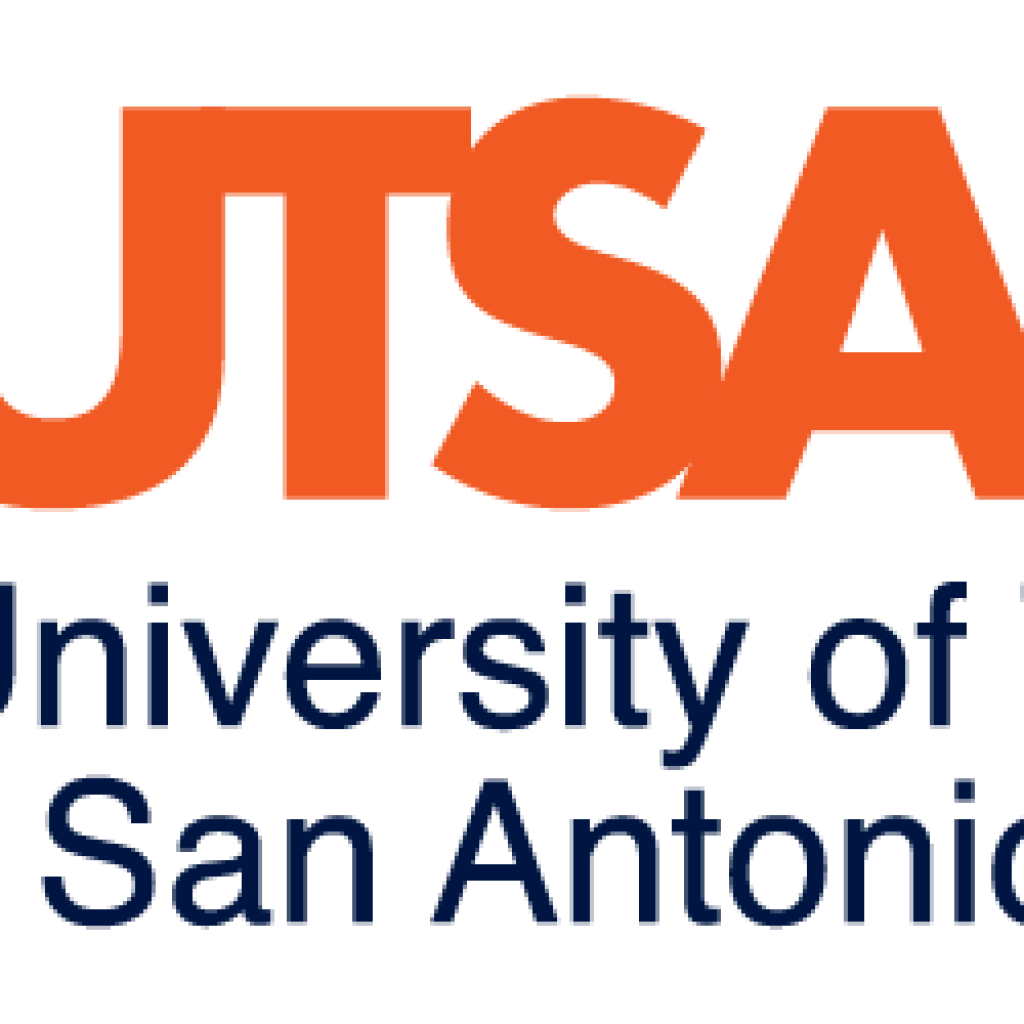A University of Texas at San Antonio (UTSA) researcher is part of a collaboration that has set a world record for innovation in quantum computing. The accomplishment comes from R. Tyler Sutherland, an assistant professor in the College of Sciences Department of Physics and Astronomy and the College of Engineering and Integrated Design’s Department of Electrical Engineering, who developed the theory behind the record setting experiment.
According to Sutherland, an entangling gate takes two qubits (quantum bits) and creates an operation on the secondary qubit that is conditioned on the state of the first qubit.
“For example, if the state of qubit A is 0, an entangling gate doesn’t do anything to qubit B, but if the state of qubit A is 1, then the gate flips the state of qubit B from 0 to 1 or 1 to 0,” he said. “The name comes from the fact that this can generate a quantum mechanical property called ‘entanglement’ between the qubits.”
Sutherland adds that making the entangling gates in your quantum computer “laser-free” enables more cost-effective and easier to use quantum computers. He says the price of an integrated circuit that performs a laser-free gate is negligible compared to the tens of thousands of dollars it costs for a laser that does the same thing.
“Laser-free gate methods do not have the drawbacks of photon scattering, energy, cost and calibration that are typically associated with using lasers,” said Sutherland. “This alternative gate method matches the accuracy of lasers by instead using microwaves, which are less expensive and easier to calibrate.”
This quantum computing accomplishment is detailed in a paper Sutherland co-authored titled, “High-fidelity laser-free universal control of trapped-ion qubits.” It was published in the scientific journal, Nature, on September 8.
UTSA Professor Sutherland & Team Set World Record for Most Accurate Entangling Gate Without Lasers
